New cheating scandal rocks Harvard as Ivy League teaching hospital scrambles to correct medical research articles from top researchers accused of falsifying papers
Four Harvard University professors have been accused of writing dozens of scientific papers based on shoddy or outright falsified data.
The scientists are top staff members of the Dana-Farber Cancer Institute, which is affiliated with Harvard Medical School, and are all members of the university’s faculty.
Academics who scrutinized their published papers claimed to have found evidence of falsified data in 57 papers from 1999 to 2017, mostly in doctored images.
DFCI asked scientific journals to retract six of the articles and correct 31 others, while 17 claims remained to be fully investigated. Three of these appeared to require no corrections.
The institute’s research integrity officer, Barrett Rollins, said it had yet to be determined whether there was any misconduct.
This image is reportedly one of many examples of spots, bands, and plots copied and pasted to represent a particular result in 57 articles by top Dana-Farber Cancer Institute staff.

Three of the articles were co-authored by DFCI President Laurie Glimcher, although she was one of the last to be credited on all of the articles
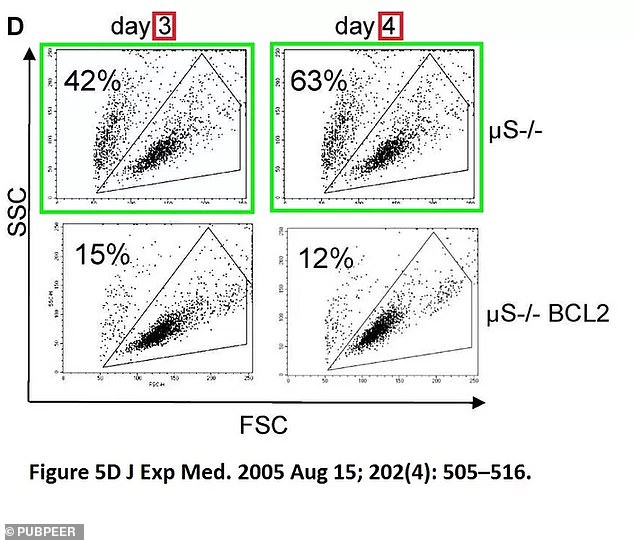
Another alleged data duplication on a paper co-authored by Dr. Glimcher
Data falsification claims against the four scientists are the latest scandal for Harvard after President Claudine Gay was forced to resign over plagiarism in several of her old academic papers.
Many of the discrepancies with the data involved images where spots, bands and plots were allegedly copied and pasted to represent a particular result.
Three of the articles were co-authored by DFCI President Laurie Glimcher, although she was one of the last to be credited for all of them.
The fact that she is listed as an author does not mean that she, or any of the others, participated in or even knew about the allegedly questionable data.
Another twelve articles by Chief Operating Officer William Hahn, and ten by Clinical Research Program Director Irene Ghobrial, contained “data falsification.”
Another sixteen were by Kenneth Anderson, program director of the Jerome Lipper Multiple Myeloma Center, including five co-authored by both Dr. Anderson as Dr. Ghobrial.
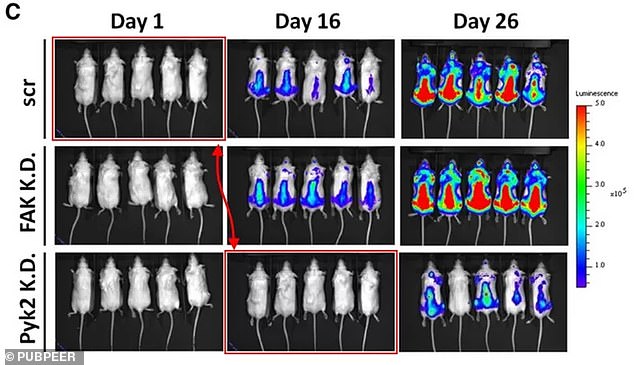
Two images of mice would be the same despite being fifteen days apart in an image with data in a newspaper
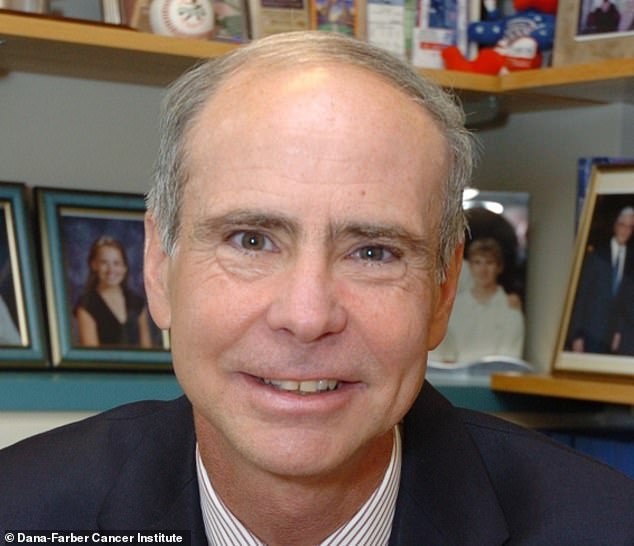
That article was co-authored by Kenneth Anderson, program director of the Jerome Lipper Multiple Myeloma Center at DFCI, along with 15 other articles
Dr. Laurie co-authored several papers with Claudio Hetz, a disgraced neuroscientist, one of which was accused of having unreliable data.
An investigation by his university accused Hetz of “recklessness, negligence and a problematic attitude to research ethics.”
Sholto David, an analytical scientist in Cardiff, Wales, discovered the problematic papers using image analysis artificial intelligence software ImageTwin and his own eyes as he poured over the data.
He called the alleged falsification of data in a detailed analysis ‘pathetically amateurish and excessive’ his blog earlier this month.
David also wrote that three papers co-authored by Dr. Anderson were retracted in 2010 due to a mix-up of cell lines.
“We are only seeing the tiny tip of the fraud iceberg: duplication of image data, a failed scientist’s last resort after every other trick failed to produce the desired result,” he wrote.
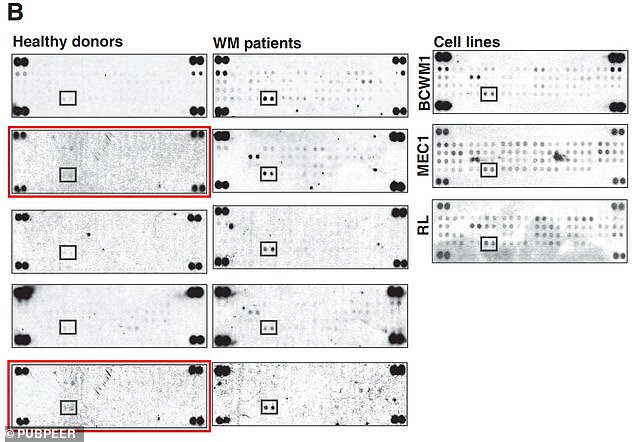
It is alleged that the flagged data images were duplicated by DFCI staff in another article
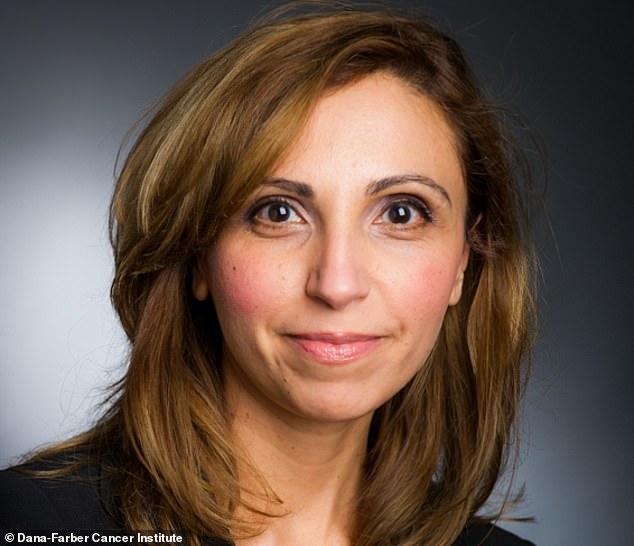
That paper was co-authored by Irene Ghobrial, director of the DFCI’s clinical investigator research program, along with nine others that allegedly contained “data falsification.”
Dr. Rollins said the DFCI was also investigating many of its employees’ other papers and was aware of many of the claims before David’s blog post.
He said the institute would not reveal specific details of the investigation or findings of misconduct, in accordance with its policy.
Such investigations took a long time as reporting on alleged academic abuses increased dramatically.
“The frequency of these accusations has entered a kind of hyper-exponential phase. Our individuals or workforce to evaluate these have not increased,” he told the newspaper Harvard Crimson.
DFCI spokeswoman Ellen Berlin said the presence of image discrepancies in an article is not evidence of an author’s intent to deceive.
“That conclusion can only be reached after a careful, evidence-based investigation that is an integral part of our response,” she said.
‘We strive for a culture of responsibility and integrity. Every question about scientific integrity is thoroughly investigated.
“Our efforts are focused on locating and investigating the original data, and taking appropriate corrective action.”

Another twelve articles, co-authored by Chief Operating Officer William Hahn, were selected
